(Page créée avec « {{Tuto Details |Main_Picture=Brightness_control_activity_v12_1RZafD.png |Main_Picture_annotation={"version":"2.4.6","objects":[{"type":"image","version":"2.4.6","originX":... ») |
|||
| Ligne 5 : | Ligne 5 : | ||
|Area=Electronics | |Area=Electronics | ||
|Type=undefined | |Type=undefined | ||
| − | |Difficulty= | + | |Difficulty=Easy |
|Duration=1 | |Duration=1 | ||
| − | |Duration-type= | + | |Duration-type=hour(s) |
| − | |Cost= | + | |Cost=20 |
|Currency=EUR (€) | |Currency=EUR (€) | ||
}} | }} | ||
| Ligne 116 : | Ligne 116 : | ||
}} | }} | ||
{{PageLang | {{PageLang | ||
| + | |Language=en | ||
|SourceLanguage=none | |SourceLanguage=none | ||
|IsTranslation=0 | |IsTranslation=0 | ||
| − | |||
}} | }} | ||
{{Tuto Status | {{Tuto Status | ||
|Complete=Draft | |Complete=Draft | ||
}} | }} | ||
Version actuelle datée du 4 février 2020 à 15:37
Introduction
This activity is designed for children over the age of 9, who are able to read and understand the indicative brightness measurements and the information that appears on the displays.
The use of electricity in the home is called "domestic consumption".
Energy efficiency is the ability to make intelligent use of resources, minimizing waste as much as possible. For example, a room that is not frequented by anyone may not need air conditioning or artificial light. Adapting the ignition or adjusting the intensity of the users of this environment allows for a more intelligent use of resources, therefore a more efficient use in which waste is reduced to a minimum.
The lower the energy loss to achieve a specific purpose, the higher the degree of energy efficiency.
Energy demand is on the rise worldwide. The situation on the energy market is heating up and energy prices are rising.
There is a strong correlation between energy demand and social tensions in the world. Furthermore, there is also a strong correlation between the massive use of mineral resources, pollution, the increase in particular of diseases, desertification and global warming.
Many of the world's most important problems are related to the use of energy. A reduction in energy demand would lead to a confusion of many global problems.
So how can we achieve energy efficiency in our living environment?
Many small steps can be taken to get better use of consumption.
The purpose of this activity is to make the user learn the main problems related to the domestic world and learn to adopt all the solutions to prevent the inefficient use of energy.
Matériaux
Outils
Étape 1 - Creation of the environment
What you need?
1 - A remote control device #Deedu;
2 - Environments Nodered and Blynq;
3 - A box whose purpose is to abstract the concept of the home environment.
How to create the environment
Here we have to describe how the miniature house is created, the environment to be simulated and the things you need to do it:
How to build the box?
- We take a box of shoes that we no longer use;
- With the help of a pair of scissors with a rounded tip, let's cut one of the shorter sides of the box. From here we could observe inside the box itself what will be simulated;
- Let's cut the other minor side in the same way. From this we will insert the small fan;
- By inserting the device inside the box, we created our miniature room and we are ready for the experiment.
Étape 2 - How to build the device?
For the construction of the device, consult the guide at the following link:
https://www.instructables.com/id/Digital-Environmental-Education-Domotics/
It is necessary that the pcb is well soldered so that the circuits are resistant and that they do not disconnect when you are going to put everything in the box. once the pcb is finished, it will have to be positioned over the raspberry for it to be put into operation.
To check if everything works well, switch the raspberry on and insert the pcb above it. With the help of a tester you can check that all the connections have been made well, just check that the voltage reaches all the desired points. A more thorough test can then be rerun when the whole device is ready.
Étape 3 - How to put precisely the Blynk app?
To set up the software system via Blynk, you need to follow the link guide once again:
https://www.instructables.com/id/Digital-Environmental-Education-Domotics/
Once the application has been downloaded from the store, it is necessary to register a Blynk account by creating a profile, after which a new project must be created and a token generated. The token is an element that acts as a shared key, that is, it is a word (a token) that uniquely identifies the project and allows you to connect the device to the control terminal.
The app can be run on Android and Ios tablets and smartphones. This allows a wider audience of people to run and realize the remote controller.
The Blynk app allows you to easily customize and change the interface of the remote controller. This guide explains how to make a version of the remote controller but nothing prevents you from adding new features to make it even more useful and nice.
To close everything in a wrapper, it may be useful to 3D print the suitable box whose source can be downloaded at the following link.
Étape 4 - Environmental monitoring
To check the ambient light conditions, just follow the values that can be read on the display. Once everything is ready, the brightness value that the device measures at runtime should be readable, the value varies with the variation of the ambient brightness. If we put it outdoors on a sunny day, it will mark a decidedly high value, if we keep it in a room in the dark it will bring back a value close to zero, if not zero. By turning the usb lamp on and off, using the usb port controlled by the device, we will read a variation of the measured brightness.
Étape 5 - Conclusion of the activity
At the end of the activity it is thought to have the children elaborate a page of diary, asking them to tell the experience they have carried out by highlighting the strengths and weaknesses of the device they have used and to provide any advice to the creators.
This will serve administrators, as well as creators of the device, on multiple fronts.
It will undoubtedly be useful to creators to work on weak points, and therefore to improve.
On the other hand, it will serve as a sort of database. In fact, this diary page will be kept by the creators in an archive, in order to be always accessible.
Furthermore, if the critical issues emerge, once they are improved, the creators could think of carrying out this activity again.
Therefore, the latter becomes essential for the formation of an archive and to be able to compare the results if the activity is proposed again later.
Results
By carrying out this activity that strongly recalls reality, children understand that this device can really be applied in any home environment, including their own home.
At the end of the activity, the children should have refined their awareness of the environment.
The purpose of the activity is to stimulate the user to make conscious use of energy resources in the home. The abstraction of the home environment by means of the box is aimed at arousing a connection in the user's mind with a real daily case. In this way, the user assimilates the advantages of using digital technology to make more efficient use of domestic resources. The perception of greater efficiency shows the user the sense of a reduction in waste.
Draft
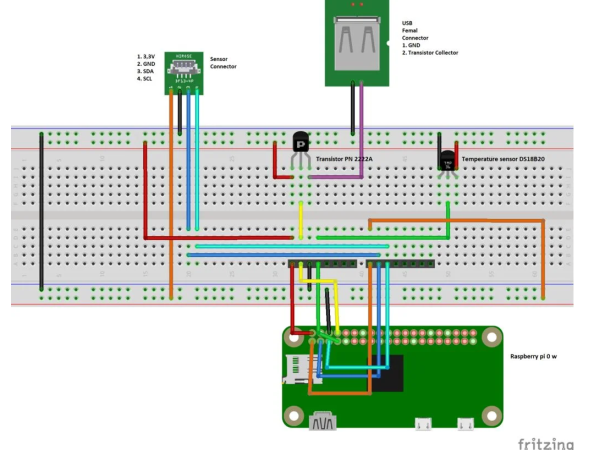
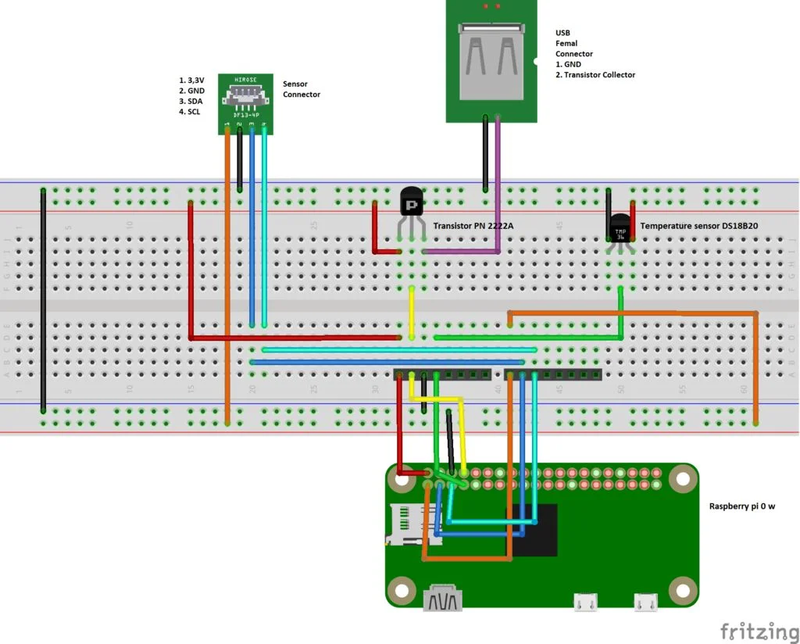
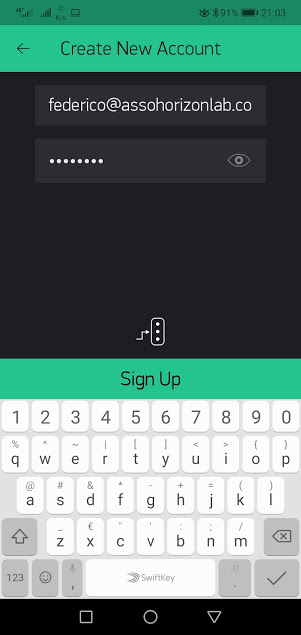
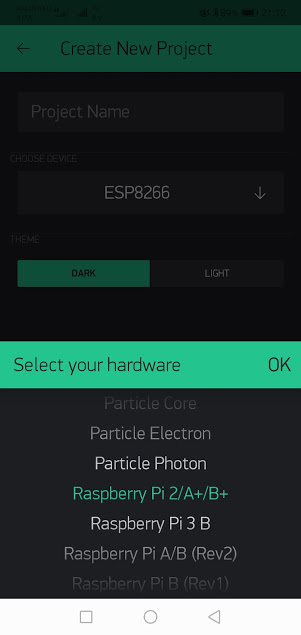
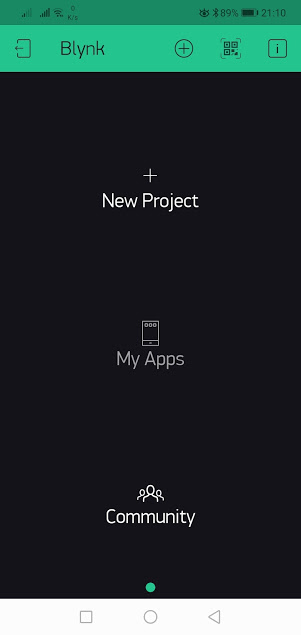
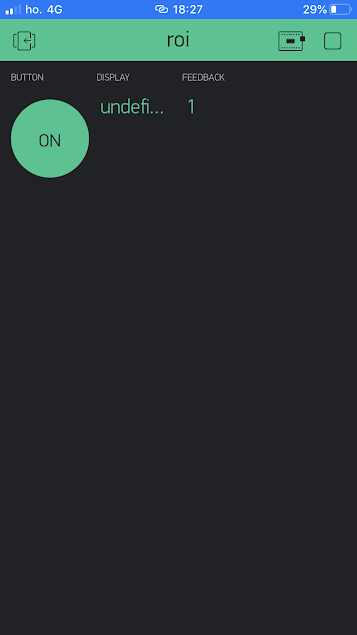
 Français
Français English
English Deutsch
Deutsch Español
Español Italiano
Italiano Português
Português